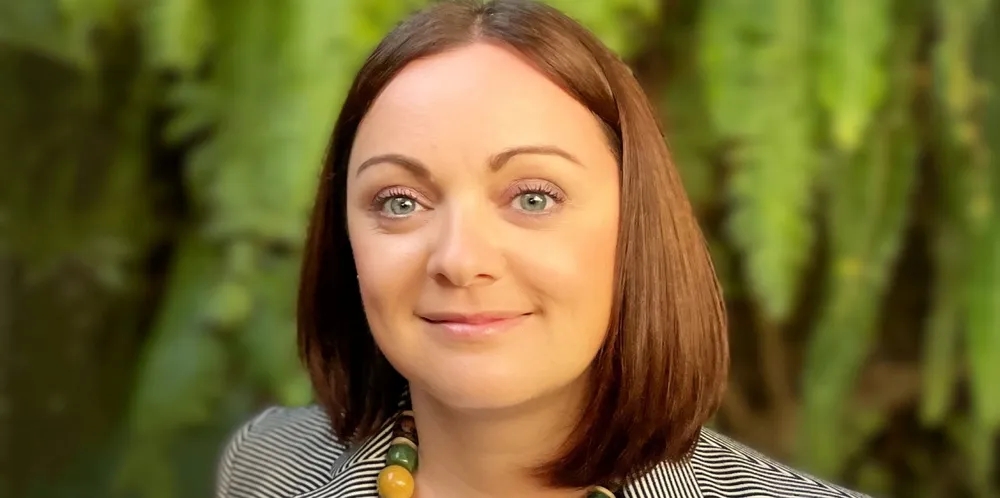'Very hot' Australian offshore wind market making the right calls, says exec leading mega-plan
Smart policy decisions teeing up nation to meet its ‘renewable energy superpower’ ambitions, says co-founder of consortium leading 5GW bid

Amid turbulent times for the global offshore wind sector, industry veteran Kimberly Cram says the “very hot” Australian market is primed to flourish as the country is getting right compared to the US.
The “excitement and credibility” around offshore wind in Australia has “really taken off” since the election last year of Labor Prime Minister Anthony Albanese, said Cram.
A former construction lawyer, Cram went on to work at ScottishPower and Australia’s Macquarie Group before co-founding Elanora consortium member KIMAenergy last year. The UK government has awarded the Scottish national an MBE for her services to renewable energy.
There had been “limited progress” on offshore wind from Australia’s previous right-leaning Liberal government, said Cram. But it is the Albanese government that has “embraced it.”
The government is now consulting on and allocating potential offshore wind acreage in six zones. The first two to be fully declared were Gippsland, Victoria – which Cram’s consortium is bidding in – and Hunter, New South Wales.
The number of bids for the Victoria zone now stands at 37, said Cram. “That’s a huge amount of interest.”
Merits over seabed cash-in
The Australian offshore wind market is “very hot” right now with a “real sense of optimism” around it, said Cram.
Policy plays a “fundamental role” in the attractiveness of a market, she continued, praising the policy from the Australian government as being “very well thought out.”
She contrasted this to the US, where developers “spend billions of dollars” bidding against each other just to secure seabed rights. “Ultimately that will have to be paid for,” she said, and that will be by consumers.
“I’m quite pleased Australia hasn’t gone straight for that model,” she said. “It’s been quite considerate in attracting investment, setting a good framework and not going straight to that high cost award.”
In Victoria's auction, she said this has helped create a “very level playing field for entry” that is focused on the technical and financial merits of projects.
“It feels like there’s a consistent policy, something you can work with,” said Cram. “The rules of the game are very clear.”
The government has also given “really positive signals” around creating a strong overarching framework including ports, harbours, infrastructure and routes for getting electricity to market.
“It’s quite heartening to see that there’s been some really detailed thought about what gets a market started, what gets the excitement around a market, and then keep building on it,” said Cram.
“It’s off to a good start. You can feel the momentum building,” she said.
Supply chain and national target
“Clearly we do need to be mindful” of those pressures, said Cram. But she highlighted another major industry challenge – supply chain – that Australia must be wary of given how remote the country is.
“Locally there is limited supply chain available from major manufacturing,” she said.
Cram said she has often heard that the Australian supply chain is “just not ready, it’s too slow,” and that its development “should have happened say ten years ago.”
The sooner the supply chain is developed “the sooner you get to the point where you have projects deployed,” she said. “Let’s start doing it now.”
Another thing she said Australia is missing is a national target, which will show that there is a “long term pipeline” that will “naturally drive investment”.
Victoria, which is “by far the most progressed” state for offshore wind, has a target of 9GW by 2040 and Cram said that a national target of 15-20GW by this time “feels achievable.”